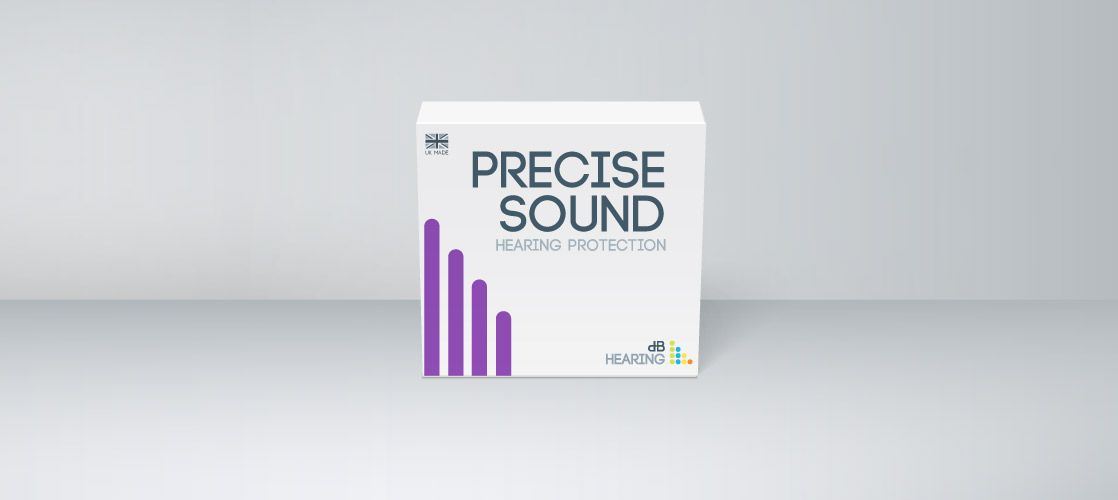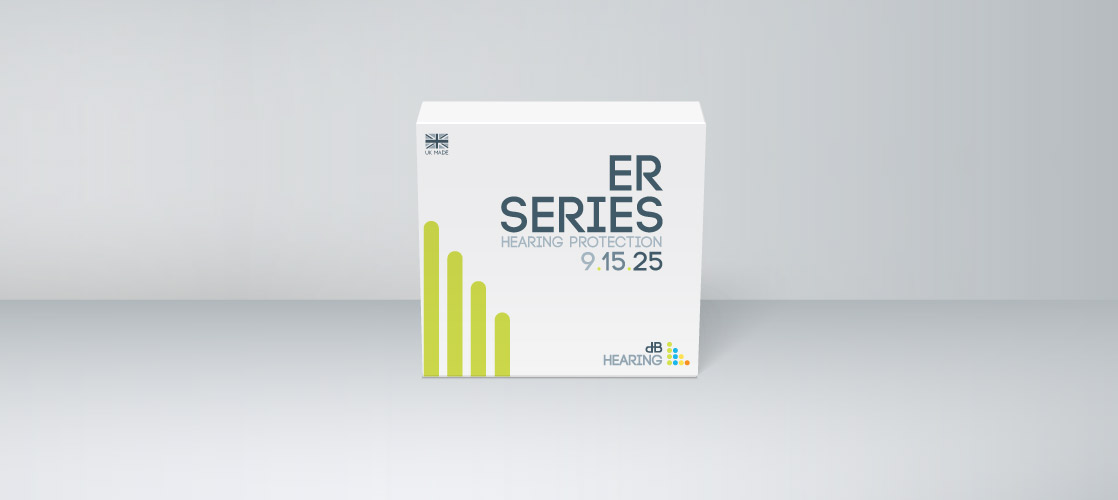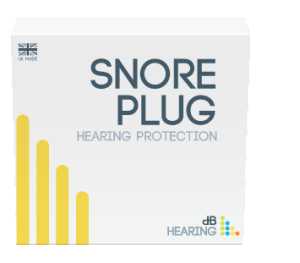What are the reasons for wanting precise sound when we listen to music? Music is important. The brain responds to it. Music really does soothe and stimulate us.
Yes, it can feel sometimes like there’s simply too much of it, given away and listened to too cheaply for something that has such a potentially transformative effect.
How we treat music and how we listen to it is up to us.
Therefore, should we not strive for the best possible quality when listening to music?
Here’s a thing: you probably won’t even realise what precise sound is like until you experience it. The earphones and headsets you‘ve used over the years could have been letting you down all this time.
If you care about music here are the key reasons why custom earphones, fitted especially for your ears, could be the answer to your search for precise sound.
Music Has Benefits
People love listening to music and in fact music has psychological benefits – psychologists at the McGill University in Montreal published research showing that patients about to undergo surgery had a reduction in anxiety when listening to music.
Other research shows that music releases dopamine, the feel-good transmitter that causes people to feel emotions like happiness, joy and excitement.
Music lowers stress and improves health. It can decrease the amount of cortisol in the body helping us feel less stressed during the day. It can also help with insomnia and depression, while elevating mood and helping with concentration.
It follows then that if music is good for us, listening to it with the best quality audio earphones can only help transmit its benefits to us better.
The Search for Precise Sound
In recent years, headphones have taken the lead in popularity when it comes to personal music listening. Many people find headphones sound deeper, fuller, with better bass than earbuds. Plus they don’t come with the issue of getting them to fit in the ear properly.
However, you’d hardly call headphones convenient. They’re big and bulky, and they’re certainly impractical if you’re taking them out and about when keeping fit.
But for the audio fanatic, the music enthusiast, the professional, in fact for anyone who cares enough about the quality of what they’re listening to, there is a specialist in-ear solution.
The principle is straightforward: instead of trying to find earphones that will fit your ears, you get earphones whose shape is based on the specific shape of your ear canal.
It’s the difference between getting something off the shelf and having it tailor-made just for you.
The result is a perfect seal, a custom sleeve of silicon to give the wearer perfect, precise sound. Each pair of earphones is a unique fit.
What Do Custom Earphones Sound Like?
Firstly, there’s the silence. When you first wear them it’s like reinventing noise-cancellation. The silence feels absolute. This silence is like a blank canvas for the music you’re about to hear.
Then there is the detail. This is like listening to music without compromise. No external noise or artificial noise suppression. You are in your own musical isolation tank here, enjoying your own, unique, listening experience.
Furthermore, the quality of the fit helps to protect your hearing because you no longer need to listen at high volume.
Perfection is an Investment
“You will need an audiologist’s impression of your outer ear on which to base your custom earphones. But perfection is an investment. The rewards are audible. What you then hear will fully justify your time, effort and resources.
“If you want to hear music at a personal level in such a way that it reinvents the whole experience for you, then choose dB Hearing’s custom earphones and sleeves.”
Paul Thorpe, Laboratory Manager, dB Hearing









